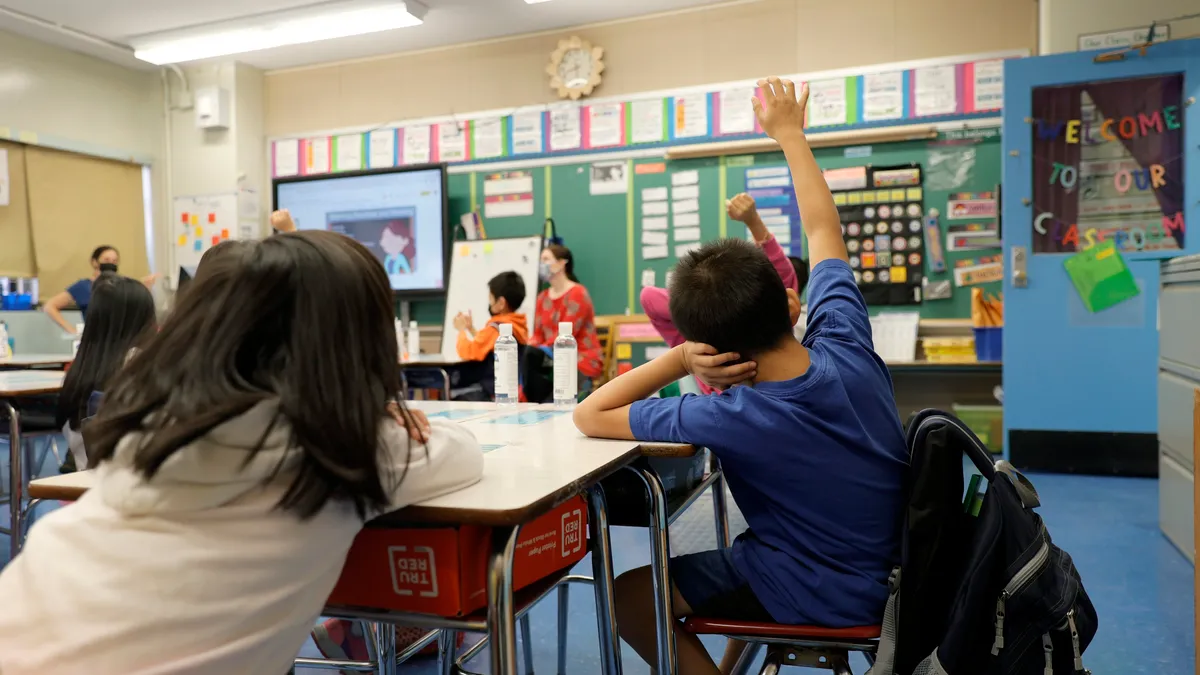Dive Brief:
- After several years of a narrowing of the enrollment gap of students with disabilities between traditional and charter schools, the percentage difference grew with traditional schools serving a higher proportion of students eligible for services under the Individuals with Disabilities Education Act or Section 504, according to a new report from the Center for Learner Equity.
- Traditional K-12 school enrollment included 13.2% IDEA-eligible students, whereas 10.7% of students in charter schools qualified for special education services in 2018, the latest year for which data was analyzed. That 2.5% percentage-point gap grew from 1.9% in 2014 but is still less than the 3.6% difference reported in 2009.
- Although there may be explanations for slight differences in special education enrollments between charter and traditional schools locally, the national gap average shows potential for concern that access to charter schools is limited for some students with disabilities. For charter schools' long-term sustainability and growth, they "need to make sure that they're welcoming all kids," said CLE Co-Founder and Executive Director Lauren Morando Rhim during a webinar Wednesday.
Dive Insight:
CLE researchers looked at the 2018 Civil Rights Data Collection to analyze trends in students with disabilities' experiences in charter schools. The review found charter schools that operate as their own LEAs enroll a higher percentage of students with disabilities (11.2%) compared to charters operating as part of a district (9.9%).
Close to 65% of charters run as their own LEAs.
An explanation for the influence of charter school governance on special education enrollment is that charters, which are part of an LEA, share responsibility of placement and services for the student with the LEA.
Although the review is based on data from 2018, the findings can help inform educators as they continue to respond to students' needs as a result of the pandemic, the report said.
The CLE review also looked at state-specific data and found Maine enrolled the highest proportion of students with disabilities in both charter schools (19.8%) and traditional schools (17.8%). Texas reported the lowest proportion of students with disabilities both in charters (6.6%) and traditional schools (9.2%). Delaware had the largest charter-traditional school difference in special education enrollment, at a 6.6% percentage point gap with traditional schools in the state reporting a 16.2% special education enrollment rate.
Large enrollment gaps warrant extra attention from charter school authorizers about why there may be enrollment differences in a charter school compared to state and district averages, Morando Rhim said.
Overall, comparisons of the 2016 and 2018 CRDC reporting show an increase in the number of students identified as having disabilities in both charter and traditional school settings.
Charter schools saw a 7% increase in student enrollment during the pandemic, according to a report from the National Alliance for Public Charter Schools. The bump of 240,000 students during the 2020-21 school year was the highest increase in five years.
The CLE research also looked at characteristics of students with disabilities in charter schools, educational settings, discipline rates, and trends of specialized charter schools.













